Although virtually any contract provision can impact the outcome of a dispute, most significant contract disputes are determined by how risks are allocated in a small set of clauses, our top ten. This post begins a series on risk allocation in construction contracts. Our initial focus is on the relationship between the project owner and the prime contractor (regardless of whether the prime is a general contractor, design-builder, or construction manager). The identification of the top ten risk allocation provisions would not differ much if our focus was on subcontracts. To the extent considerations differ for subcontracts, these posts will make note of the differences. Risk allocation in design contracts is a different species and will be addressed separately.
Our goal in this series is to identify the ten (or so) provisions that have the most significant impact on risk allocation between the parties. Keep in mind that virtually any provision has the potential to impact risk and cost but these ten provisions appear at the heart of most disputes.
Although it is not possible to predict in advance what risks will materialize on any particular construction project, the list of things that might impact cost or length of time to complete a project is well known. A well written, fairly negotiated contract will address each of these risks and in order to maximize project value will allocate each risk to the party best positioned to minimize or compensate for each risk. In reality, risks are assigned based upon relative bargaining power but this is sub-optimal if the goal is to minimize risk and maximize overall project value.
This series offers guidance with an eye toward minimizing overall project risk. With that prelude, here is our list, with links to the published posts (if there is no link we are still working on the post):
- Scope of Work – Identifying the Work
- Price and Payment Terms
- Indemnification (in two parts; find Part 2 here)
- Warranties and Bonds
- Changes/Change Orders
- Delays – Time Extensions
- Suspension and Termination
- Site Conditions
- Damages – Consequential and Liquidated
- Insurance
- Flow Down/Through



